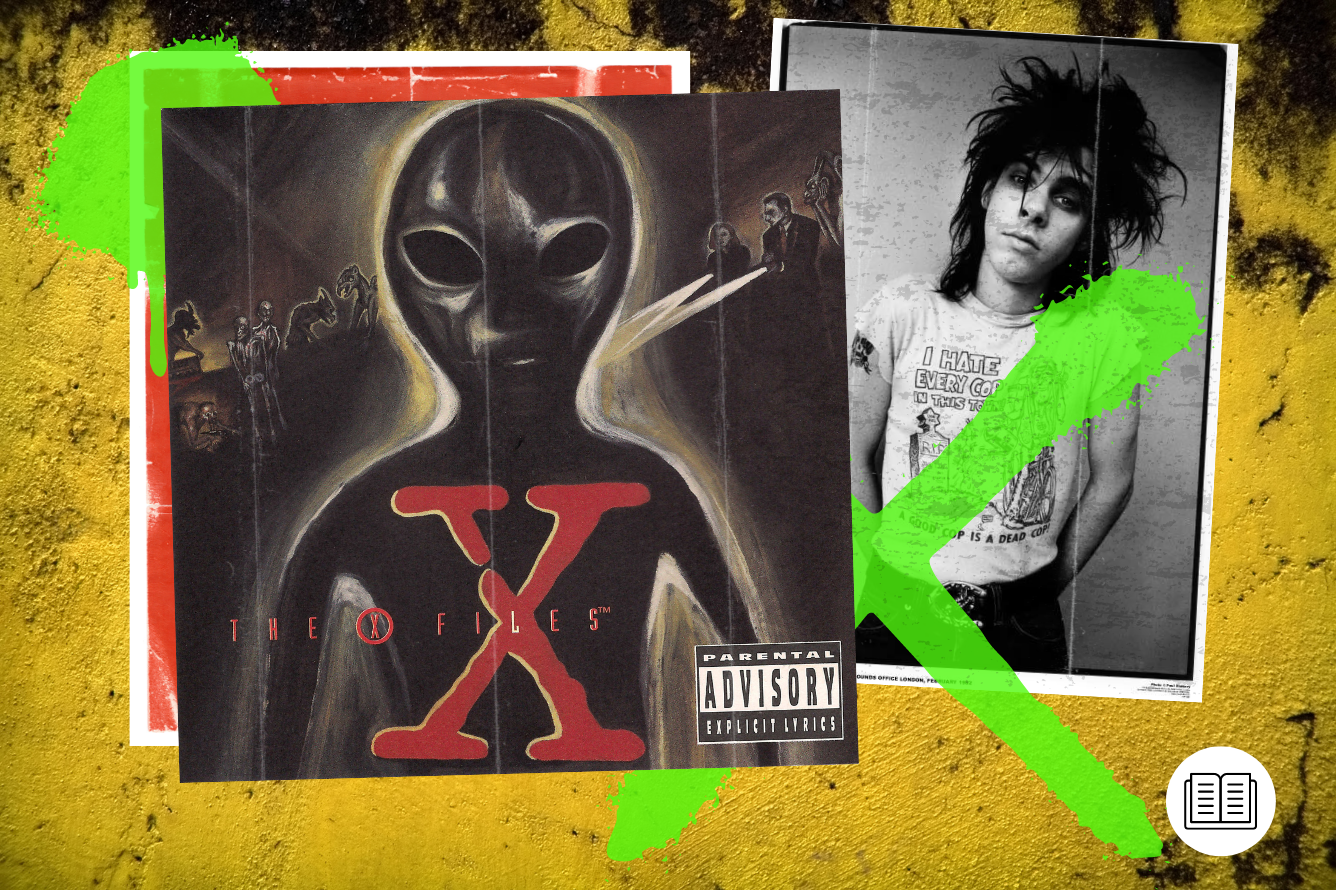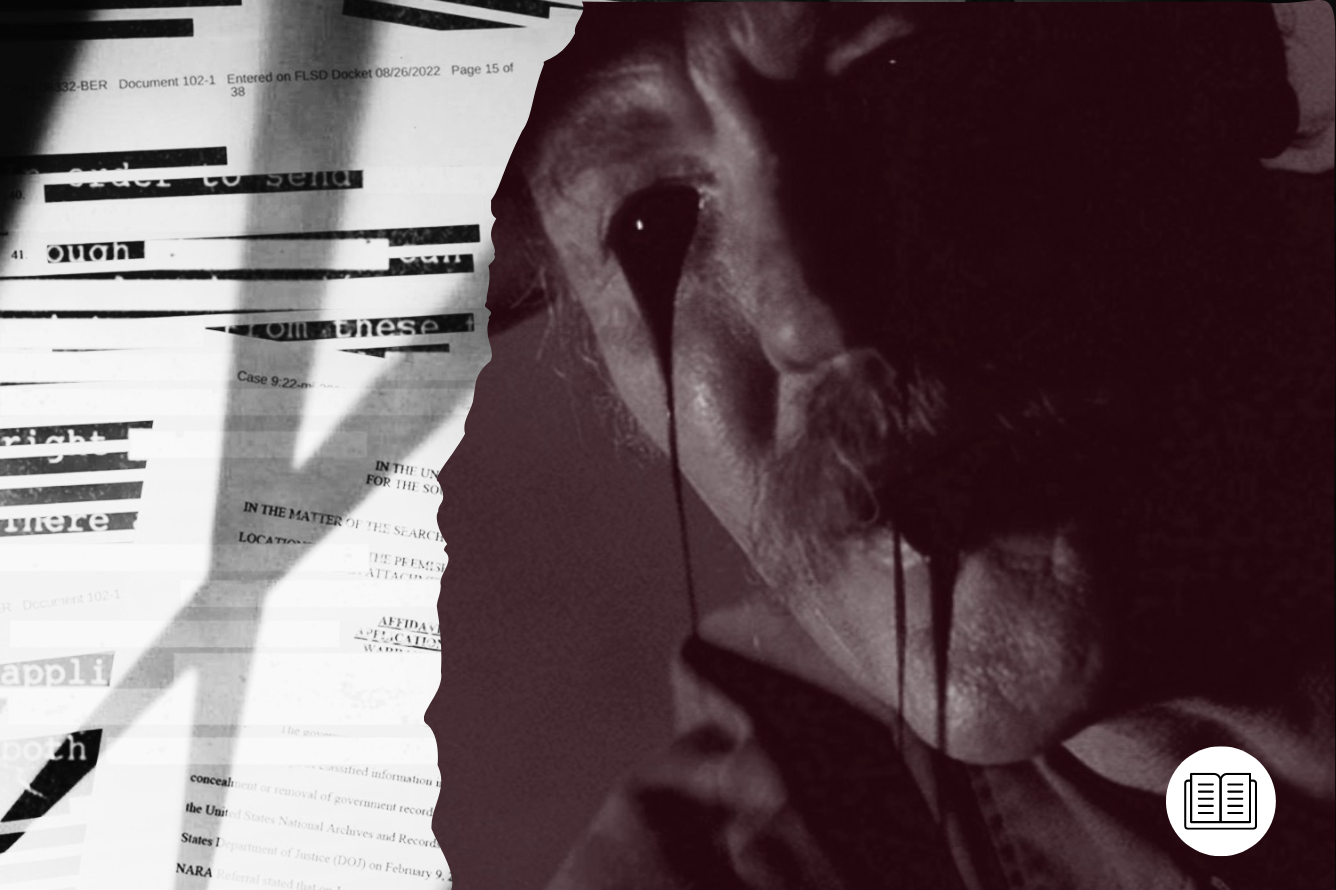Of the 202 episodes of The X-Files that I watched whilst growing up, ‘Home’ (S4, Ep2) is the one that I can still vividly recall watching, primarily because of how terrifying it was. Due to the show airing on a school night, I would watch it the next day on a recording made by my mother. The weekly ritual was that as I got in from school, she would hand over the tape and I would race off to see what Mulder and Scully were facing that week. Out of routine, the handing over of the ‘Home’ cassette came with a stark warning and encouragement to skip it. Blinded by my love for the show, I ignored the words and sat down to watch it, undeterred. I’ll be honest, by the end of the teaser I already regretted my choice, but worse was still to come.
‘Home’ truly tested the limits of television for the time. This was a period before shows such as American Horror Story, Hannibal, and The Walking Dead became the norm. The X-Files was as frightening as television got. The sliding scale of how intense or spooky an episode was, varied dramatically, but it’s safe to say that even though there had been dark and scary episodes prior to ‘Home’, this was the one that shocked the fans the most. The lack of supernatural explanations, combined with its unsettling concepts, prompted it to become the only episode in the show’s history to receive a TV-MA rating in America. Furthermore, shortly after airing, Fox banned the episode due to the sensitive and taboo topics it explored. The episode sees FBI Agents Fox Mulder (David Duchovny) and Dana Scully (Gillian Anderson) called to Home, Pennsylvania, by Sheriff Andy Taylor (Tucker Smallwood) to investigate a case of infanticide. A group of brothers, the Peacocks, who have lived in isolation on their family farm since the passing of their parents a decade earlier, are the prime suspects. Mulder and Scully quickly realize that things on the Peacock farm are far from normal and a war between extreme family values and modern-day morals ensues.
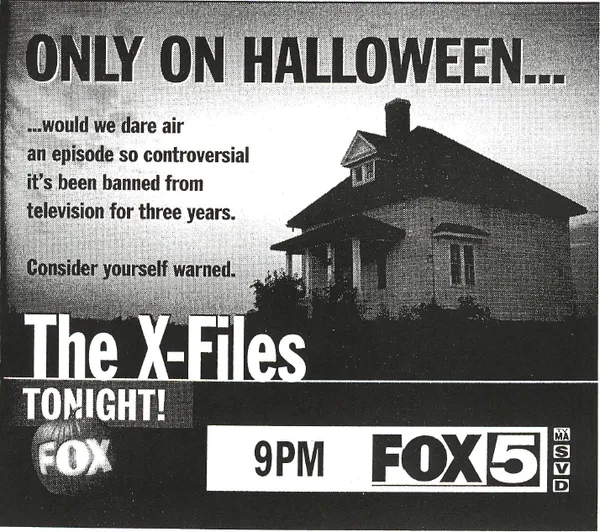
What makes ‘Home’ stand apart from so many other episodes of The X-Files is the way in which it so perfectly evokes the foreboding nature, energy, and on occasion ferocity, of horror films such as The Texas Chain Saw Massacre (1974) and The Hills Have Eyes (1977). Both films place an isolated family, one completely separate and removed from what would be considered ‘normal society’, in the role of antagonist. Their homesteads and territories are integral to their way of life, and the bonds of the ties of blood are paramount. These ideals are echoed through the Peacock brothers, their whole operation revolving around punishing those perceived as trespassers and having their own unique brand of family love. This mirroring of established horror antagonists and conventions plays into the audience’s pre-existing fears and apprehension of ‘hill folk’, setting the perfect horror movie tone, but there’s far more than just these thematic similarities that make it so upsetting.

‘Home’s Recurring Theme
The loss of innocence is a recurring theme within the framework of ‘Home’. This starts right from the opening teaser where there is a literal ending of innocence, as an infant is buried alive. The next instance comes soon after as a group of kids uncovers the grotesque remains of the deceased newborn. Prior to the ghastly discovery, they are happily playing a game of baseball, but the game (and one could argue, their childhoods) ends in the wake of seeing what they have unearthed. Children are expected to shed their innocence as part of growing up, but parents always worry about how it will happen, many hoping it’s as simple as the realization that Father Christmas isn’t real. The circumstances presented in ‘Home’ don’t bear thinking about, and although only a fleeting scene, it carries some mighty gravitas and implications for the future therapy bills and trauma of those poor boys.
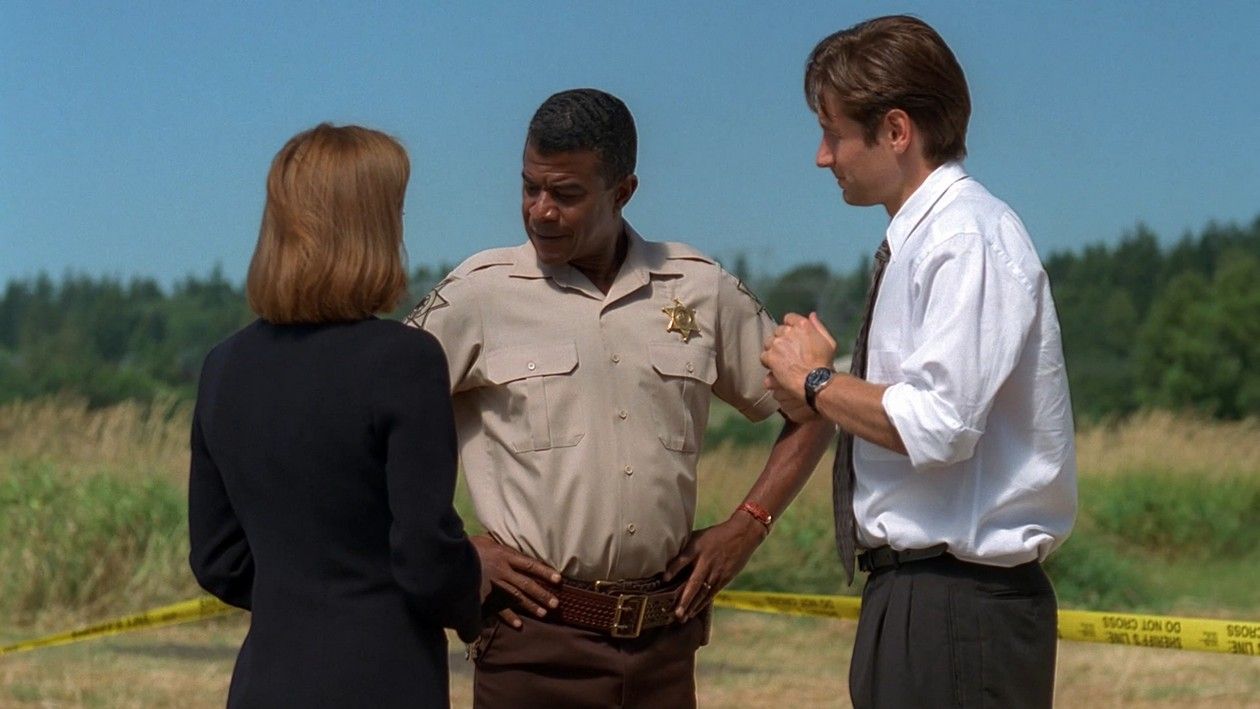
It’s not just the child population of ‘Home’ that is stripped of their purity either, the town itself goes through a similar transition. This change is seen through its protector, Sheriff Taylor. Upon meeting Mulder and Scully, the Sheriff is quick to let them know how much he loves his sleepy and safe town. He openly admits to not wearing his gun and that he doesn’t lock his door. He then laments how the current incident has led to the idyllic community becoming tarnished. When confronted with the Peacocks as potential witnesses or suspects, he acknowledges that they are strange and potentially dangerous, but is more content to look the other way rather than deal with the problem. His reticence to accept the present dangers ultimately becomes his downfall and later that day, he and his wife are killed.
‘Home’s Use of Horror Movie Devices
Home invasions are a very real threat, one that torments us all. The fact that the Sheriff and his wife are hunted down by the Peacock brothers in their own house, transposes the viewer’s inner nightmare onto the screen. The handling of both the sequence and the lead-up to it, are carefully constructed by director Kim Manners to induce maximum levels of terror. The setup cuts between Mulder and Scully at their motel, Sheriff Taylor and his wife getting ready for bed, and the Peacock boys as they load up their car with primitive weaponry. Once ready, the Peacocks drive through the desolate, ghost town-like streets of Home, put the radio on, and the overly cheery Johnny Mathis song ‘Wonderful! Wonderful!’ plays into the dark.
It’s a common trick in horror to feature a saccharine-toned song to elevate and exaggerate dread. The end credits of Halloween II (1981) play to the upbeat notes of The Chordettes’ ‘Mr. Sandman’ is one example. A more recent one would be Tiny Tim’s ‘Tiptoe Through the Tulips’, which plays during a rather freaky scene in James Wan’s Insidious (2010). The juxtaposition of creepy situations and happy music confuses your brain and forces it to stigmatize the song with unwelcome imaginings. Even now, just hearing those first few beats of ‘Wonderful! Wonderful!’ makes my blood turn cold and transports me back to ‘Home’.
Whilst years later, Alexandra Aja’s 2006 remake of The Hills Have Eyes would teach me the importance of not going to sleep with headphones on, before that, ‘Home’ taught me the value of locking the front (and back) door. Sheriff Taylor is awoken by the Peacocks’ car and finally realizes the need for his gun. However, the decision comes far too late as the brothers are quickly inside the property. Shadowplay always produces a great scare and few are as nightmarish as the glimpse of the Peacocks’ silhouette approaching the front door that is seen here. The tension is palpable and as the handle easily twists open, your blood runs cold. On one level, it is for the realization of what is about to happen to the proudly optimistic Sheriff, but more so because everyone watching is mentally replacing the door on-screen with their own. It’s such a well-formed shot that it almost triggers the fight or flight response and personifies that universal fear of our private sanctuary being invaded. Our homes are meant to be a safe haven but, as this moment demonstrates, sometimes they are not.
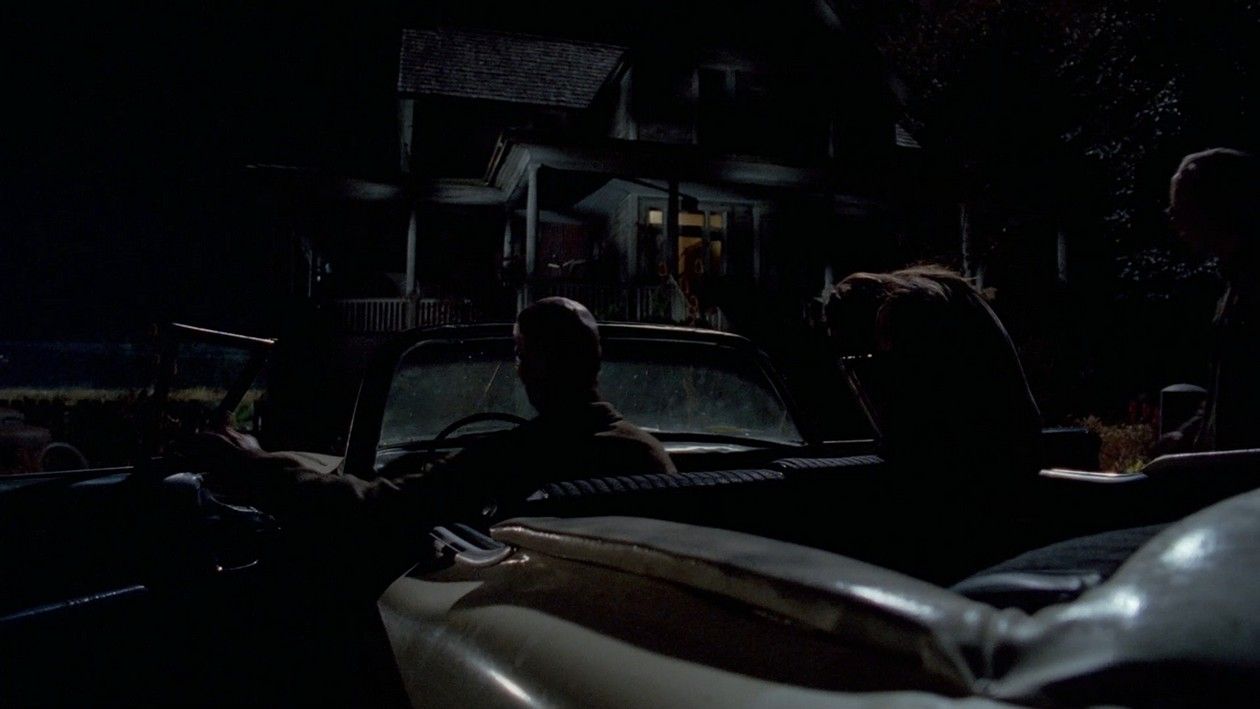
A savage beating of the Sheriff, witnessed by his wife marks the final loss of innocence for the town. Officers of the law are typically seen as untouchable, even the worst of criminals understand that the police are off-limits. The Peacocks, however, are not bound by societal rules and simply view the Sheriff as a threat, which in their world is to be dealt with swiftly and mercilessly. The brutality of the attack is heard rather than seen, a move that doesn’t dilute the impact. By keeping the camera off of the action it actually makes for a more evocative watch, the viewer subconsciously transferring themselves, or people they know, onto the couple. ‘Home’ wanted to push boundaries of discomfort and so the Sheriff’s wife is also murdered. The frightened woman watches her husband’s bloody demise from under the bed. Hiding under the bed is a well-worn move within the realm of both horror and home invasion, one that often works. Films such as Wrong Turn (2003) and the most recent Texas Chainsaw Massacre (2022) are examples of this, with the characters surviving detection. Mrs. Taylor isn’t afforded the same grace, however. Whilst for many horror foes, under the bed doesn’t register as a hiding place, the Peacocks are very familiar with women living under them.
The Woman Under the Bed
One of the greatest scares in modern movie history is the sudden realization that the Sloth victim in Seven (1996) isn’t dead. ‘Home’ pulls off a similar feat with the revelation that Mrs. Peacock, the boy’s mother, did not die. Up until this point, Mulder and Scully have worked on the assumption she was deceased, and that some other poor woman was holed up in the Peacock house. Everything about Mrs. Peacock is designed to put the viewer ill at ease. Her appearance is startling; her living conditions are worse. She lays permanently on a board with wheels, underneath a bed; a full quadriplegic. Although she tells Scully how she lost one arm in a car wreck, an explanation is never given for the loss of her other limbs. Knowledge is power for scary stories and the lack of detail provided here forces the imagination into overdrive, and none of it is pleasant. It turns one’s stomach to think that the Peacock men procreated with her in any state (especially given they are kin), but her apparent helplessness is a step too far. Nonetheless, ‘Home’ still has more tricks up its sleeve. The discovery of Mrs. Peacock doesn’t give Mulder and Scully the victim they had been hoping to rescue. Rather than being used and abused by her sons, she has been complicit, not just in the incestuous acts, but she is actually the matriarch in charge of the Peacock family.
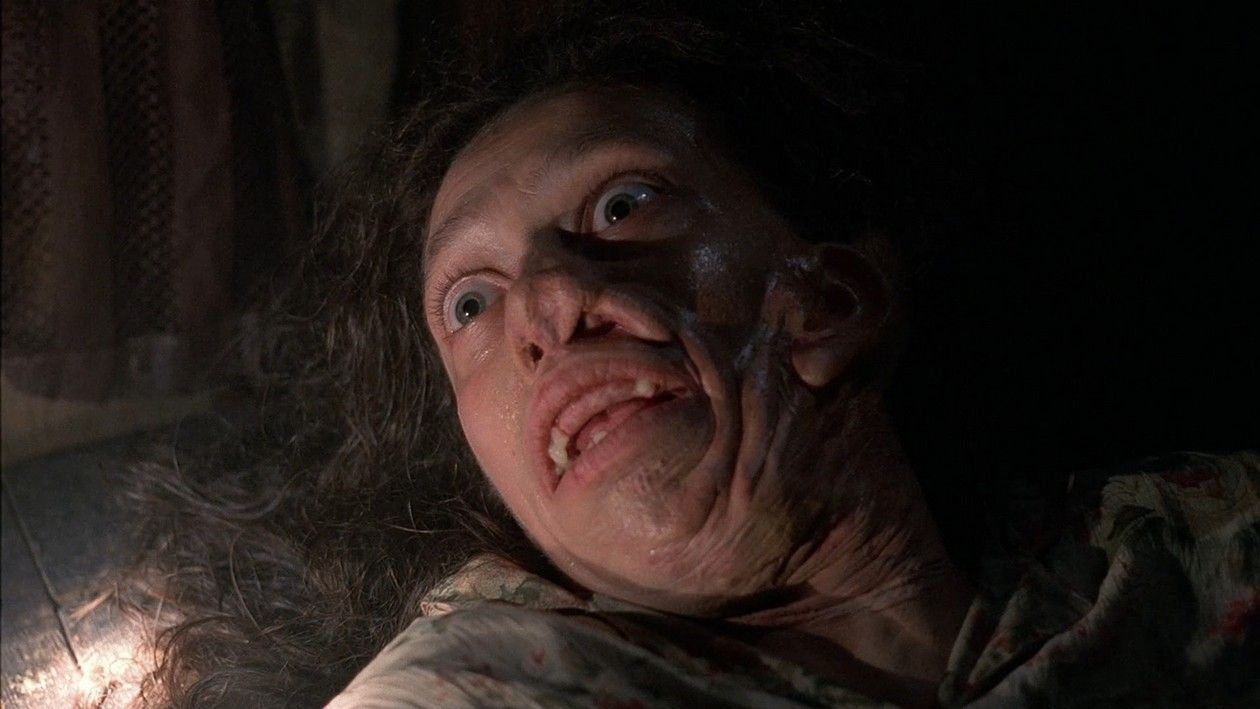
All the information gleaned to this point implies that the Peacock brothers are of severely low intellect and thus it suddenly makes sense that there was someone controlling them. Whereas The Texas Chain Saw Massacre’s Sawyer family, and Jupiter’s Clan in The Hills Have Eyes, are ruled by men, the Peacocks are loyal to their mother. It’s an interesting move away from a familiar genre trope, one that flips everything on its head, moving ‘Home’ from barbaric and chilling to downright disturbing. The further you ponder the family dynamic; the more parts of your soul shrivel up. The real kicker is the awful comprehension that the husky voice that was inciting the brothers to violence whilst they disrobed, belongs to her. She is the mastermind behind everything, hiding behind a mask of weakness, seemingly using her ‘together’ time with her sons as a means to manipulate her primitive offspring.
‘Home’s Troubling Ending
Perhaps the most frightening thing of all about ‘Home’ though, is its ending. Here it ventures into territory that many horror movies dare not – it doesn’t resolve the issue. There is no happy ending, the good guys didn’t win, and the bad guys are still out there, ready to – as Mrs. Peacock states – “begin again”. Although genre films like to leave the door open for potential sequels and franchise expansion, as a rule, the villain at least gives an appearance of having been dispatched. The Scream films, for example, always end with Ghostface being unmasked. Despite knowing a new killer will likely crop up to take their place in the future, events are concluded in a way that is satisfactory. It’s a device that means the audience can go home and sleep that night. The conclusion to ‘Home’ doesn’t grant the same peace of mind. The episode ends with the image of the Peacock’s Cadillac driving into the night as the now haunting ‘Wonderful! Wonderful!’ begins to play. As endings go, it’s a powerful one. The open-ended nature reflects the dangers of our own society. Bad people are out there and they can cause you harm. Our world isn’t as safe as it was once perceived to be and episodes such as ‘Home’ help to make viewers think a little differently and place them as ‘Home’s final victim to be stripped of their innocence.
This article was first published on May 31st, 2022, on the original Companion website.
The cost of your membership has allowed us to mentor new writers and allowed us to reflect the diversity of voices within fandom. None of this is possible without you. Thank you. 🙂



